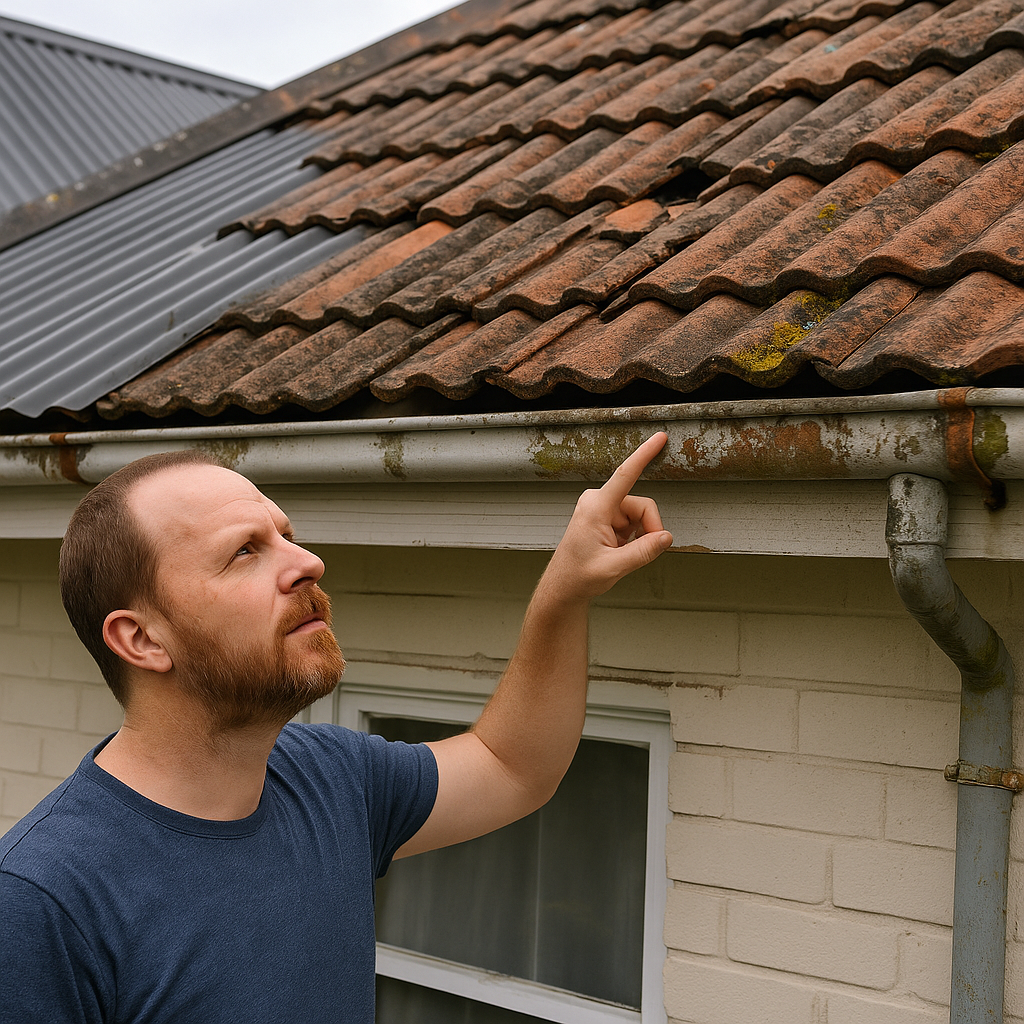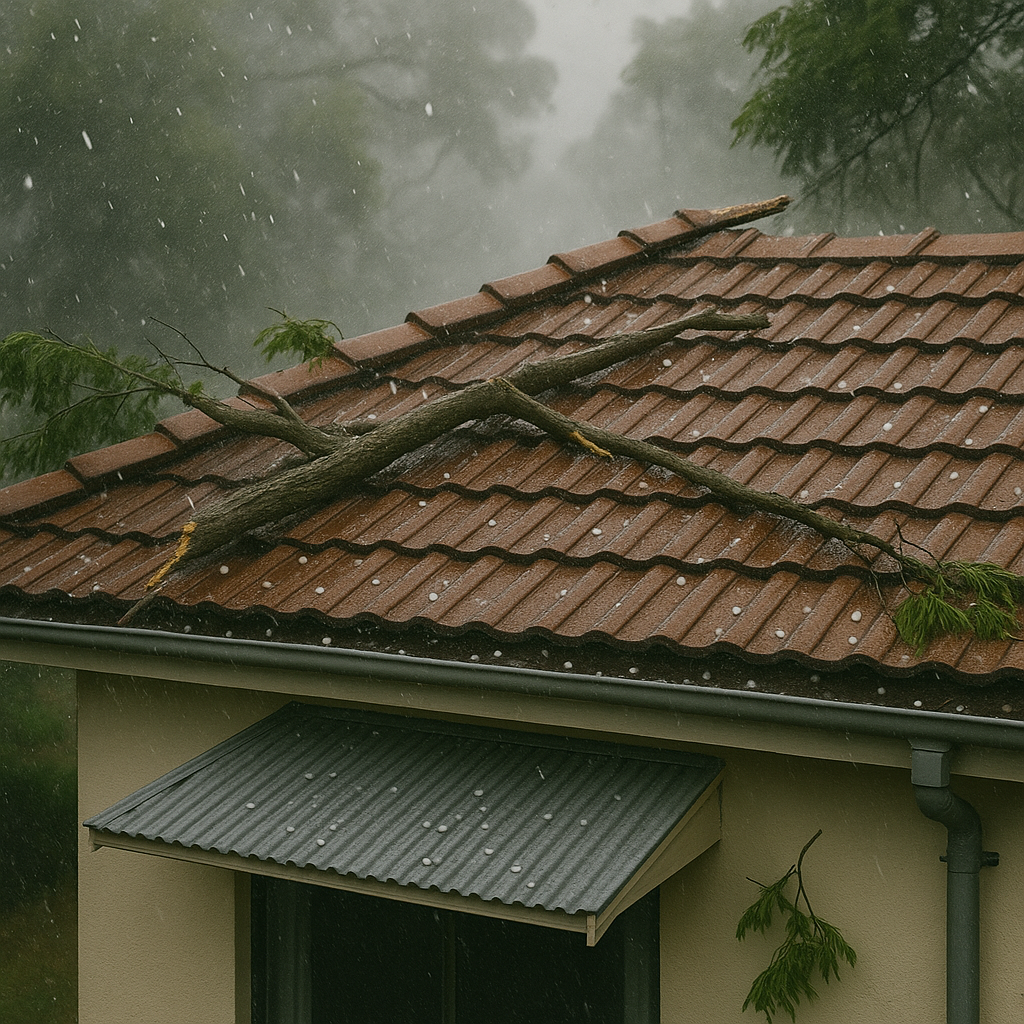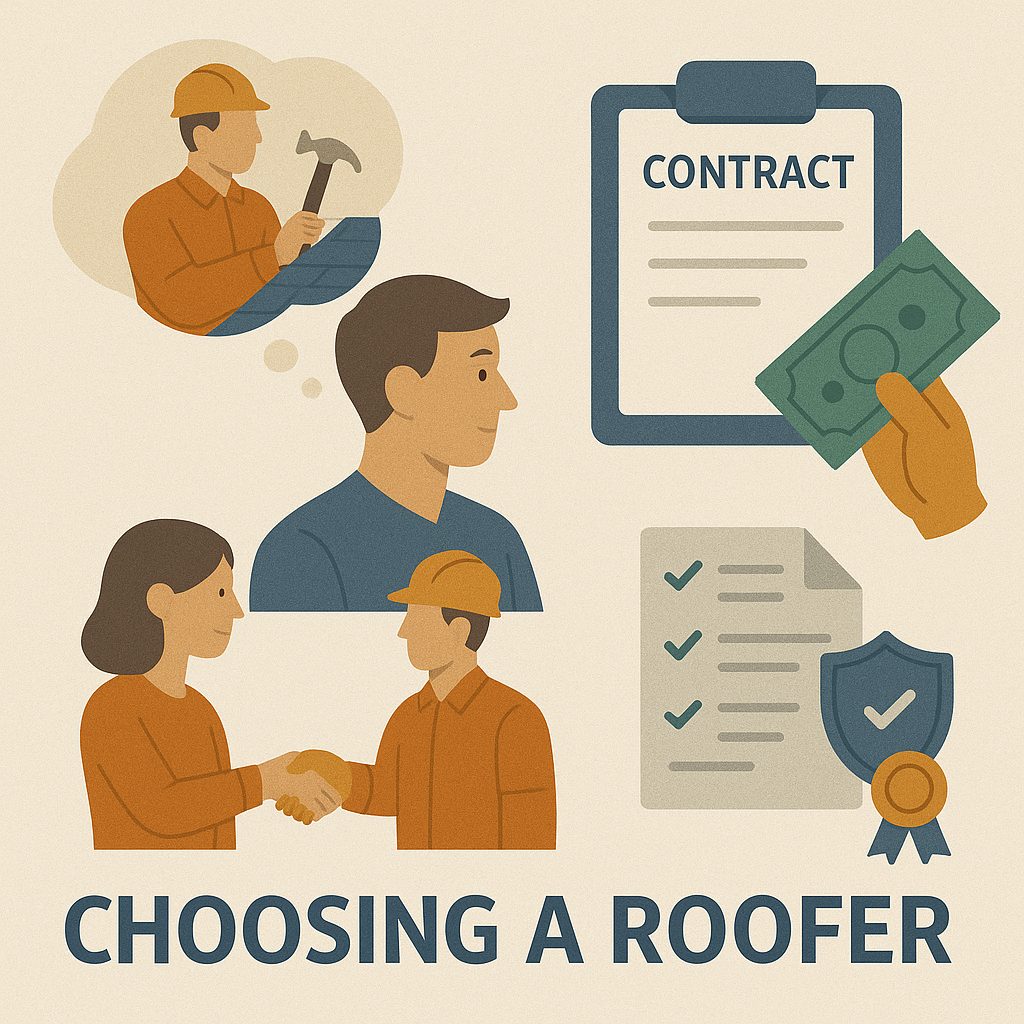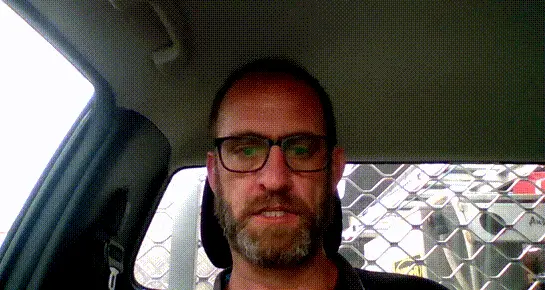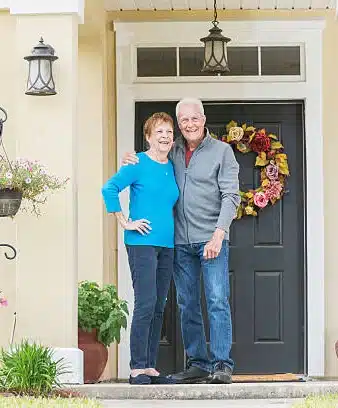
To receive your discount please fill in your details below.
It warms our hearts to see our valued HEROES being taken care off.




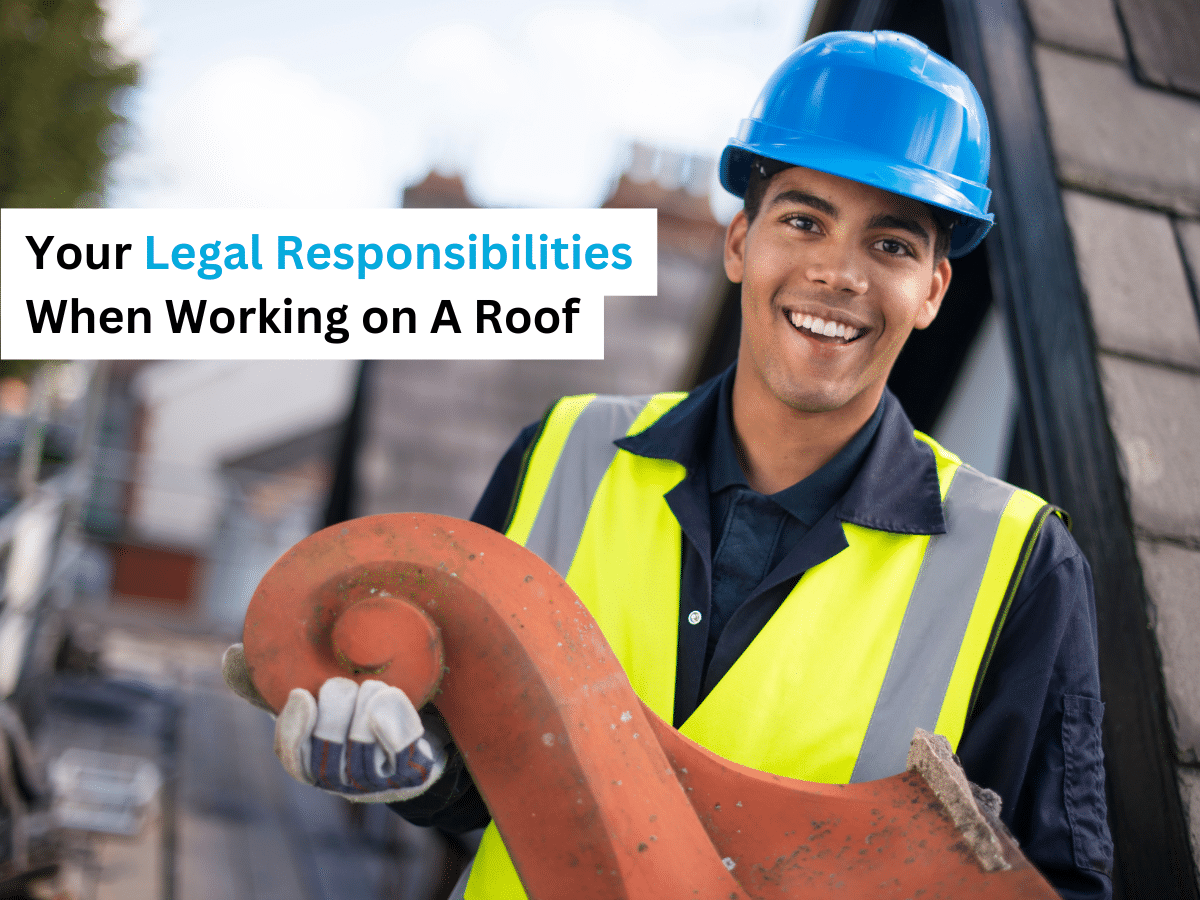
When working on a roof in Australia, you are legally responsible for the safety of all workers, including contractors.
You must assess risks, plan safety measures, and comply with regulations like Safe Work Method Statements (SWMS) to prevent injuries and ensure a safe work environment. This not only meets legal obligations but also protects everyone on the job.
Before leaning the ladder against the wall and going up a roof, it is important to know what duties are prescribed by the law, and what relief it provides should something go wrong.
In Australia, there are specific legislations that spell out the responsibility of roof workers.
Let’s dive in a bit deeper!…… Ready?
When working on a roof in Australia, it’s your legal duty to ensure the safety of everyone involved. Under the Work Health and Safety Act 2012 (SA), if you manage or control a workplace, you cannot shift your health and safety responsibilities to a contractor.
Whether the work is done by your employees, a contractor, or subcontractors, you are responsible for their safety.
This means you must assess the risks, plan how to manage them, and make sure a safe work environment is maintained. By effectively managing these safety risks, you can prevent injuries, reduce legal exposure, and keep your projects on track.
Given the high risk of falls from heights, especially in the construction industry, which accounts for a significant number of injuries, compliance with safety regulations is crucial. Safe Work Method Statements (SWMS) are mandatory for high-risk construction work, such as any task where there is a risk of falling more than 3 metres, including roof work. These statements are essential for reducing injuries and fatalities on site.
Ensuring compliance with these responsibilities not only fulfills legal obligations but also protects the well-being of everyone involved in the project.
As a roof worker, you are legally required to eliminate or reduce health and safety risks before beginning any roofing work in Australia.
It is your responsibility to assess potential hazards around your works site and develop a plan to manage them, ensuring a safe working environment for yourself.
Working on roofs often requires going up ladders to reach the repair or replacement site. It may also require working with hazardous materials. It is your legal responsibility to identify these hazards and make arrangements for the protection of workers and anyone around the work site.
A number of legislation outlines other responsibilities.
This legislation is loaded with all the responsibilities of workers in Australia. They include those that address work that requires scaffolding, safety of work around asbestos, managing the risks of falling while at work.
These laws are by the government of South of Australia. Among other things, this legislation defines hazard manual thus:
A hazardous manual task is a task requiring a person to lift, lower, push, pull, carry or otherwise move, hold or restrain any person, animal or thing involving one or more of the following:
These hazards directly stress the body and can lead to an injury.
As to who has health and safety duties, the legislation says this includes Persons Conducting a Business or Undertaking (PCBU). They are designers, manufacturers, importers and suppliers of plant, substances or structures
This legislation was developed by Safe Work Australia in 2011 and it is binding on all workers in Australia. Though Safe Work Australia doesn’t enforce these laws, they only maintain it.
Under this laws, you have duties under WHS laws to keep people in the workplace safe if you’re:
In other words, if you’re a roof worker, it is your responsibility to make sure the ladder, the work site on the roof, are all safe for you. Also, you’re responsible for the safety and welfare of those in your employ.
A worker can also have more than one duty under this law. A roof worker can be PCBU and a worker all at once.
A PCBU refers to a person who’s conducting a business or undertaking. For example, when you hire us at HolyMess Repairs for roof replacement in Melbourne, our company is the PCBU responsible for the safety and health obligations during the work.”
| “While at work, workers must take reasonable care for their own health and safety, and that of others who may be affected by the worker’s acts or omissions.”Work Health and Safety (WHS) |
“Let’s say Jeff, a representative from HolyMess Repairs, arrives on-site with subordinate roof workers Cole and Diggs to work on homeowner Ralph’s house.
Jeff, as a supervisor, has the primary duty to ensure the health and safety of Cole and Diggs while they perform their tasks.
In this context, the term ‘work’ is used in its ordinary sense, while a ‘worker’ is defined as a person who carries out work for a business or undertaking, including employees like Cole and Diggs or other individuals engaged in similar capacities.”
A worker can be prosecuted if they fail to comply with their duties.
However, do these duties include other people like customers and visitors?
No. Customers and visitors must take reasonable care of their own health and safety and that of others who may be affected by their actions or omissions.
Also, customers and visitors must comply, as reasonably as they can, with any reasonable instructions given by the PCBU to comply with the laws of the WHS.
On their website, the South Australian government sheds more light on legal responsibilities while working a roof. The article explains the nature of legal responsibilities under the Work Health and Safety Act 2012 (SA).
A person with management or control of a workplace cannot delegate their health and safety responsibilities by hiring a contractor to perform roofing work.
Outsourcing does not absolve them of the duty to ensure the safety and well-being of the contractor, their employees, or any subcontractors involved.
Essentially, they hold the same responsibilities for contractors as they do for their own employees.
Properly managing the health and safety risks associated with contractors not only reduces the likelihood of injuries but also minimizes legal exposure and helps ensure projects are completed on time and within budget.
Legal responsibility laws are important because they protect roof workers. They ensure safety for both them and customers or even visitors. They also protect everyone involved from claims and counterclaims, saving money and engendering trust in business.
A ReturnToWork SA report shows there were 754 claims filed for injuries resulting from falls from height across all industries during the 2019 financial year.
The construction industry alone accounted for nearly 19% of these claims. Despite ongoing safety efforts, construction remains one of the most dangerous industries, exposing workers to numerous hazards and risks that lead to alarmingly high rates of injuries and fatalities.
By adhering to the Work Health and Safety Act and utilizing Safe Work Method Statements, you can significantly reduce the risk of injuries and fatalities, minimize legal liabilities, and ensure the successful completion of your projects. Prioritizing safety is essential for the well-being of your team and the overall success of your operations.
When hiring a contractor, always ensure they are certified to work in Australia and possess the necessary qualifications, particularly in specialized services like roof restoration in Melbourne. Choosing an experienced professional will help maintain safety standards and deliver high-quality results.
